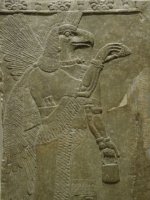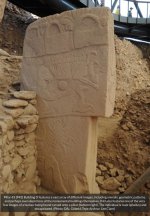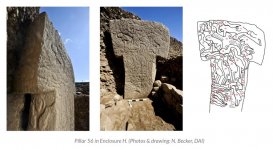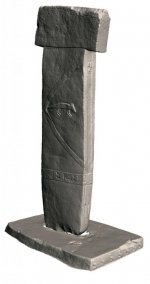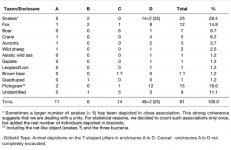Mark Forsyth, A Brief History of Drunkenness from the Stone Age to the Present Day
Quoting from a secondary source:
“There are huge bathtubs there, at the bottom of which chemical compounds of oxalate are found. They appear when barley is mixed with water - and it is easy to assume that beer was brewed in them.
There are, of course, objections to this theory (maybe the barley was just soaked?) But there is also a bold version that beer was incredibly important to our ancestors who lived 11,000 years ago. Moreover - for the sake of beer, they began to engage in agriculture. Because beer is easier to make than bread (it doesn't need to be baked); because during the fermentation of cereals, vital B vitamins are formed; because beer can be stored; because the alcohol in beer disinfects the water ... And so on - there are many very good reasons why beer is better than bread.
By the way, a fairly popular gyrothesis is that cereals in general in different parts of the world began to be grown initially for the manufacture of beer - including corn. And then we moved on to the bread...
Cereals were mostly consumed as a porridge when pottery became available, not sure about pre-pottery times. Lots of grinding stones were found at GT.
These were the tubs found:
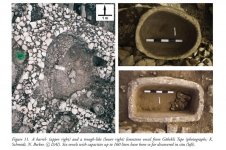
See https://www.cambridge.org/core/jour...stern-turkey/A1AA4FB20657599F859860D94CCD090E


